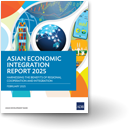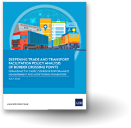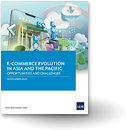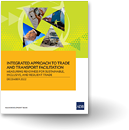Trade and Investment:
Movement in Capital:
People Movement:
Export:
Afghanistan’s top partners in Asia and the Pacific
Afghanistan’s top partners in South Asia
Initiatives / FTAs
Free Trade Agreements (FTA)
| Proposed/Under consultation and study | 2 |
| Signed and In Effect | 3 |
| Total: | 5 |
News
- Uzbekistan and Afghanistan discuss meat exports and new agro-projectsUzDaily2 Dec 2025
- Pakistan, Afghanistan strike trade dealThe Express Tribune24 Jul 2025
- Kazakhstan opens pavilion in Uzbekistan-Afghanistan border trade centerThe Times of Central Asia11 Dec 2024
Studies and Research
- The Growth of Export-oriented Small and Medium Enterprises in Afghanistan, Kyrgyz Republic, and TajikistanB.M. Neufeld and J. EarleUniversity of Central Asia - Institute of Public Policy and Administration/IPPA2 Jul 2014
- Trade and Economic Relations between the Republic of Tajikistan and the Islamic Republic of AfghanistanK. UmarovUniversity of Central Asia - Institute of Public Policy and Administration/IPPA6 Feb 2013
- ADB works to prevent sexually transmitted infections and human trafficking in AfghanistanAsian Development Bank1 Apr 2012




